News by
Stuff on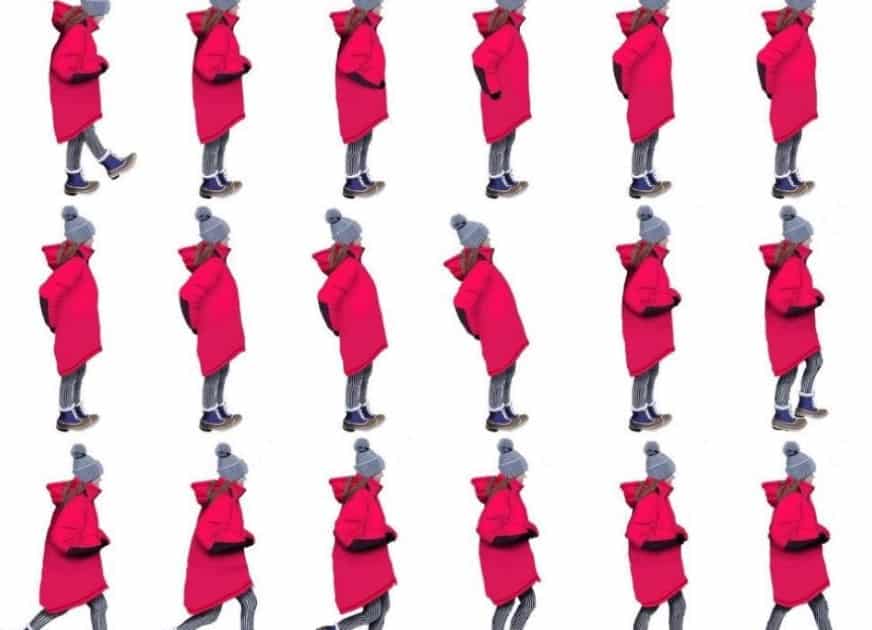
Creating a documentary takes a lot of moving parts. It’s something the Stuff Circuit team members are familiar with, having produced many groundbreaking pieces over the years.
But a request from a co-worker to help her find her long-lost family in Russia presented a new challenge.
“This is the bravest and boldest we’ve been in both our documentary storytelling and our digital storytelling,” director and editor Toby Longbottom said. “It’s certainly the proudest I’ve been of anything we’ve done, and I love everything we do.”
Stuff Circuit’s Emma tells the story of 27-year-old Emma Barrett and her journey to Russia to find her biological family. Barrett, born with fetal alcohol syndrome, was adopted and brought to live in New Zealand in the 1990s. She grew up not knowing if she had any family in Russia, or if they wanted to meet her.
In February, before New Zealand went into lockdown, she travelled to Russia with the Stuff Circuit team to visit the orphanage she spent the first three years of her life in and meet relatives she didn’t know existed. By the end of her journey, she found three families.
Telling Barrett’s story required more than just a film crew and reporters. The Stuff Circuit team – made up of Longbottom, reporters and producers Paula Penfold and Louisa Cleave, and cameraman and illustrator Phil Johnson – enlisted the help of Stuff interactive designer Suyeon Son and Vanishing Point Studio.
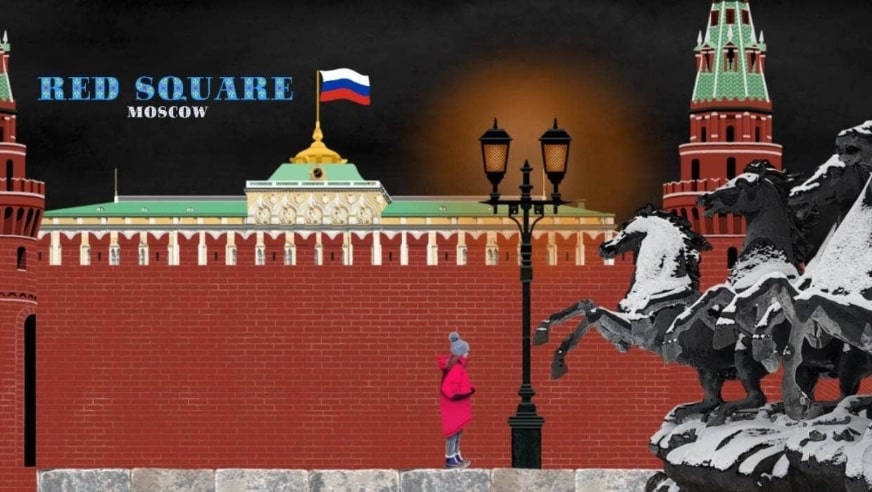
Take a walk with Emma
Split into six chapters, the interactive allows viewers to walk with Barrett through Russia.
“You’ve got this feeling when she walks through [that] things are moving at different speeds,” Longbottom said.
Using mobile phone footage of Barrett walking around Russia as guidance, Johnson created an illustration that replicated her movements. This was the key element linking each chapter together and connecting the interactive to the documentary.
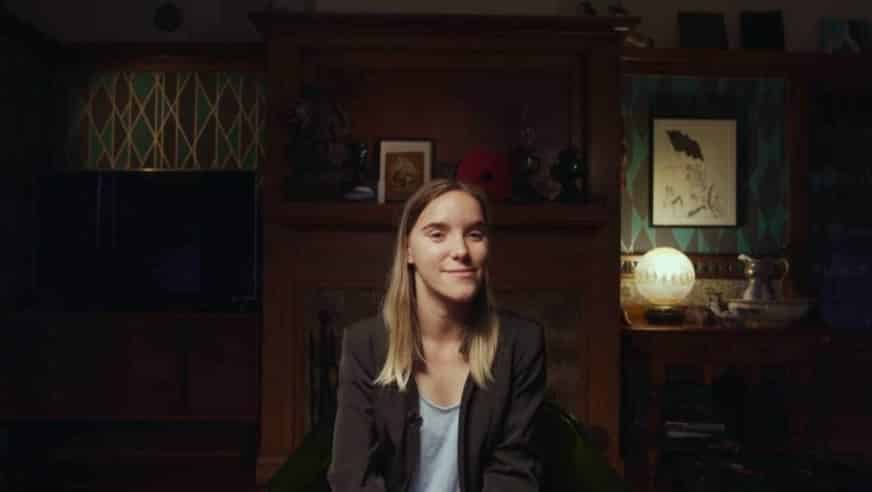
“We knew that was an element that we could use,” Longbottom said.
This kind of element adds a layer of engagement that documentaries don’t usually have. Instead of viewers being passive, they are able to engage with the project through interactivity, Vanishing Point Studio creative director and co-founder Charles Anderson said. This allows viewers to feel as though they’re part of Barrett’s story.
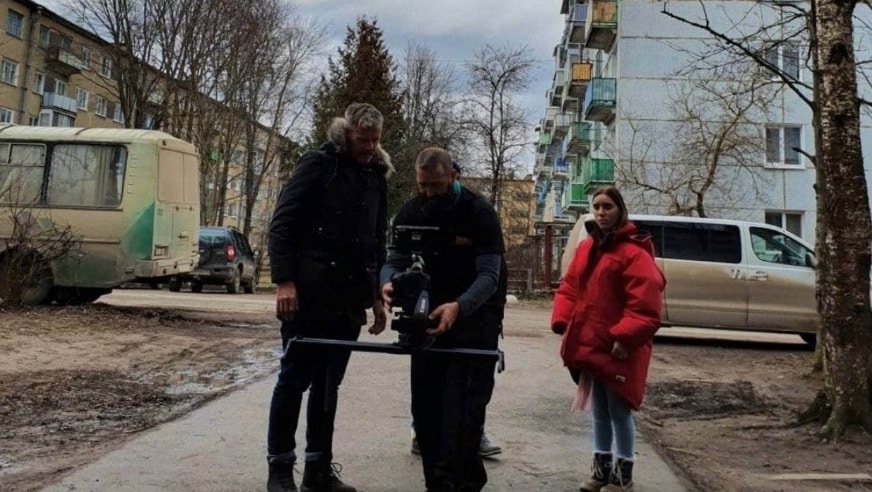
Every chapter draws inspiration from a different part of Barrett and the Stuff Circuit’s trip to Russia in February. There’s the Red Square in Moscow, Barrett’s sister’s hometown of Chihachevo, the orphanage in Pechory, and the prison in Vologda.
Various aspects are animated, such as the globe, the carousel and giant matryoshka dolls – all aspects that took Son days to animate.
“I would spend hours looking at the exact same screen trying to make sure the horses and the carousel were moving at the right speed,” she said.
“You spend so much time on the tiny little things, but at the end of the day, what you want is for that holistic experience to be a delightful one.”
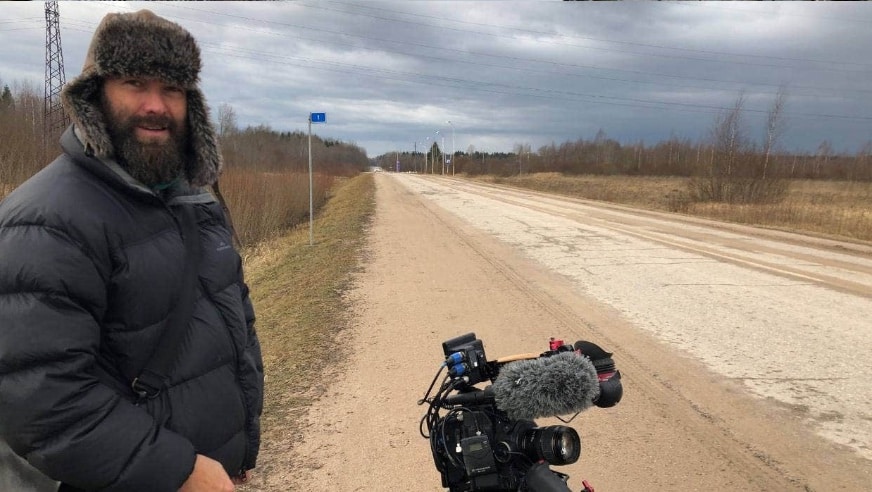
There is a contrast between the fantastic, large elements, such as the dolls, and the harsh Russian landscape, Johnson said. Anderson described the interactive as another world.
“[The] overarching theme of the project is kind of an odyssey – you’re taking the viewer on a literal journey. Going from left to right, deeper and deeper and deeper on your computer screen … but also into the depth of rural Russia, so it’s kind of a nice parallel,” Anderson said.
In between each chapter, the viewer is taken back to the same television room with a cabinet that collects mementoes along the way.
Balancing quirk and emotion
The interactive was created using a gaming engine, but the developers were careful not to gamify Barrett’s story. “You’re still dealing with a real person here; Emma isn’t a character in a game,” Anderson said.
They had to balance Barrett’s playfulness and quirkiness with her real and emotional experience.
“The gaming engine allowed us the functionality, but we didn’t want to … allow her life to be played,” Anderson explained. “She’s her own agent in her story. The user, or the viewer, shouldn’t have [control].”
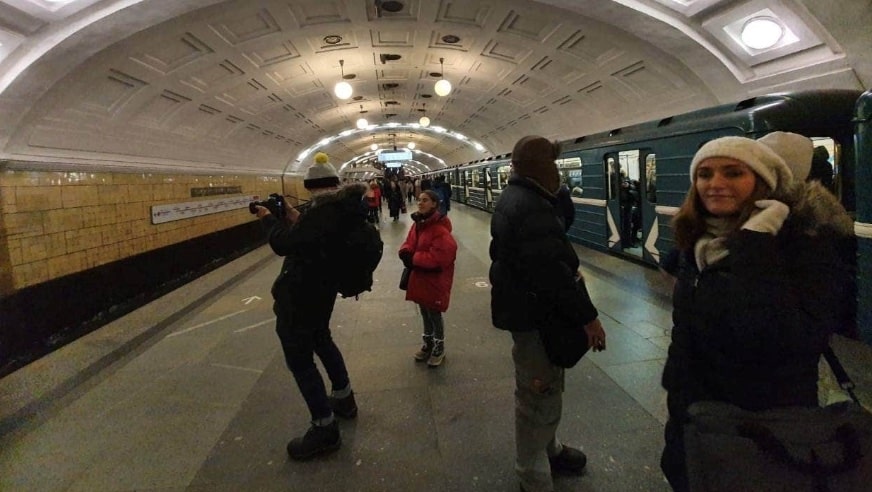
Drawing inspiration from the unique style of film director Wes Anderson (of The Grand Budapest Hotel and The French Dispatch fame), the interactive was designed to accompany, not overshadow, the documentary.
“The hero is the documentary itself,” Anderson said. “[The] interactive is almost the navigation, the go-between to add a little bit of layer.”
Son, who worked as a bridge connecting Stuff Circuit and Vanishing Point, added: “We tried to convey the same amount of love and passion that went into the documentary.”
Three years in the making
It took three years for Barrett’s story to come together. She originally approached Stuff Circuit in 2017, but delays with visa applications and passports meant they were only able to travel to Russia in February 2020.
For two weeks, six team members, including Barrett, Longbottom, Johnson and Penfold, travelled around Russia in a van.
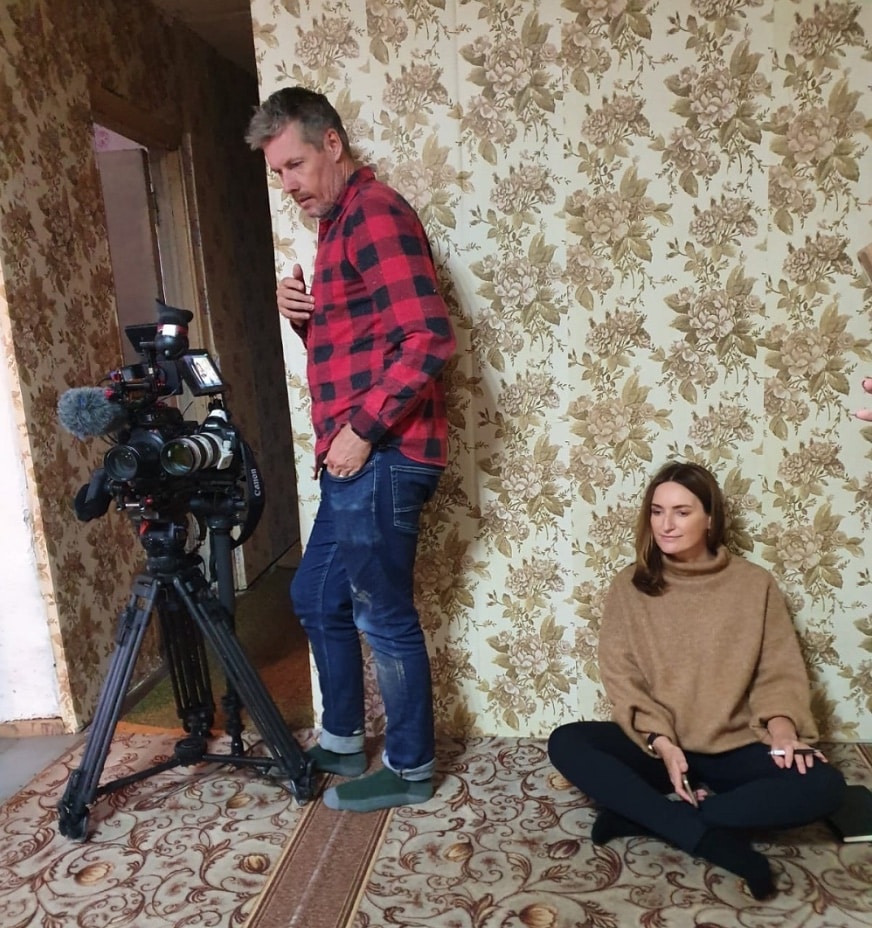
Most of the work didn’t begin until they returned and New Zealand plunged into the Goverment’s alert level 4 lockdown.
Longbottom spent his time editing the footage and creating a documentary that differed from what they have done in the past. Rather than Penfold explaining the context of the story through a voiceover, they allowed Barrett to tell her own story. “We wanted to be really brave and bold with the way we told the documentary in the first place,” he said.
Context around fetal alcohol syndrome, adoption and life in Russia is reserved for the interactive element to ensure viewers aren’t burdened with too much information. “We wanted to keep them engaged,” the director said.
While Longbottom was editing and Penfold was writing, Johnson began illustrating. He started by sketching ideas based on what they saw in Russia, and looking around his home for inspiration. A shelf of knick-knacks – including souvenirs he collected on a previous trip to Russia – created the premise for the first interactive display.
“Being trapped in this … space for eight weeks, it was quite inspirational,” Johnson said.
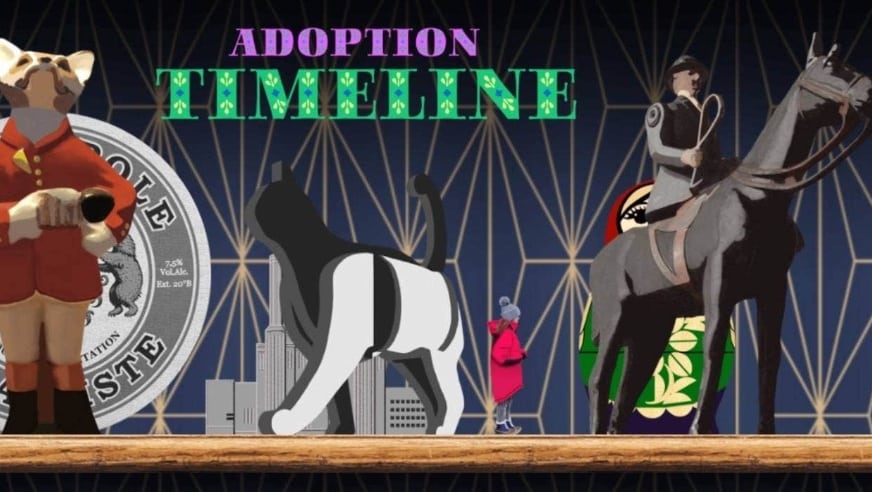
‘Best thing we’ve ever done’
Since the project was published at the weekend, feedback from readers has been positive. A review published by The Spinoff called it gentle, uplifting and heartbreakingly complex.
Longbottom sees it as a standout for the Stuff Circuit team.
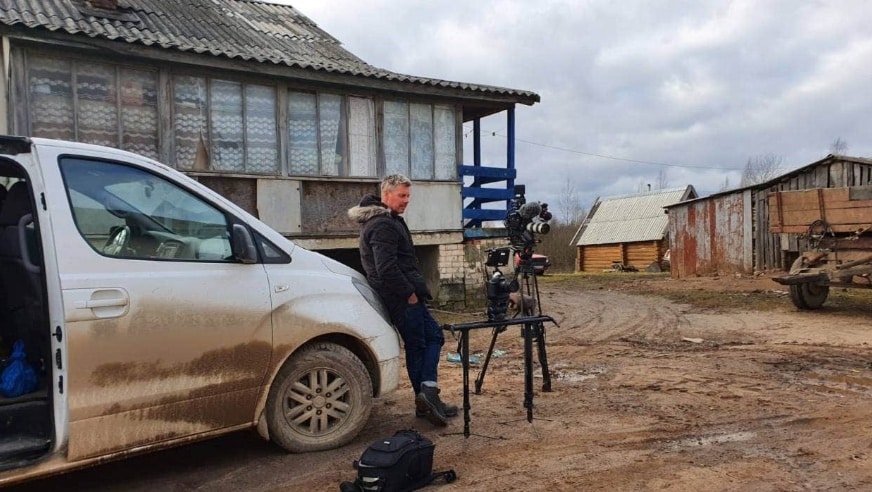
“I always hoped it would be brilliant … I think it’s the best thing we’ve ever done. It exceeded all my expectations,” he said.
“So much effort and work has gone in behind the scenes.”
Anderson described the project as a blend of design, technology and storytelling.
“It’s been really lovely to see people connect with [the project], and for us to have a small part [has] been a real privilege and a pleasure.”
Comments
Karen Bailes
| 2021-01-23 23:40:14I am so proud of filling your expectations what a amazing man terry is all the very very best for the future l admire your great inspiration
Reply to comment
Add comment